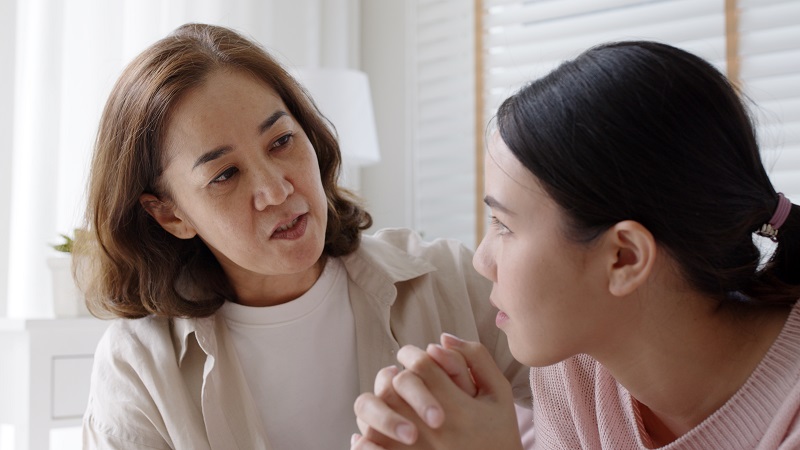Disordered Eating Guidance
About this work

Following a rise in presentations of disordered eating, Transformation Partners in Health and Care worked closely with a group of experienced clinicians and experts by experience to develop a set of guiding principles on how to best support and meet the needs of this group.
Eating disorder focused treatment and admission can often lead to an escalation in the presentation and a worsening clinical picture for those with disordered eating, and additionally this cohort of young people often have underlying emotional dysregulation problems or neurodevelopmental difficulties such as Autistic Spectrum Condition (ASC).
The group developed guidance and a series of resources to raise awareness of disordered eating, and to improve care pathways to better meet the needs of young people with this presentation.
- Or download bite-sized elements from the guidance:
Scroll down for additional resources on disordered eating.
Disordered Eating learning
Blog series
This blog series helps to explore the topic of disordered eating in more detail and will feature many of the experts by experience and clinicians who helped develop this work. Read the blogs in this series here.
Webinar series
In February 2023 we ran a webinar series on Disordered Eating in February 2023 to help families and professionals working with young people to better their understanding of this condition. The webinars will explore the key principles and learning from our recently published disordered eating guidance in more detail.
Disordered Eating Webinar: Improving referrals and supporting young people
Thursday February 2 2023
Watch the webinar recording here: https://youtu.be/mYiEalIdkAg
Aims:
- To raise awareness of Disordered Eating
- Improve understanding of the referral process for Disordered Eating and Eating Disorders
- Improve support for young people and families before, during and after any treatment
Audience: This event is suitable for school leaders, teachers, GP’s, youth workers, parents and carers.
Disordered Eating Webinar: Effective approaches and joint working
Tuesday February 28 2023, 2-3.30pm
Watch the webinar recording here: https://www.youtube.com/watch?v=nwqBYteWj2o
Aims:
- To raise awareness of Disordered Eating Guidance
- Share practice on joint working approaches between teams (mental/physical health teams, inpatient/community/alternatives to admission)
- Share practice on management approaches from referral, treatment to recovery
Audience: this event is suitable for health professionals supporting young people with disordered eating including CAMHS, Paediatrics, Community Eating Disorder services, alternatives to admissions, DBT teams, Neurodiversity teams.
Guiding Principles
Assumptions
Do not assume that all young people who are restricting their eating have an eating disorder. Eating disturbances of all sorts, including restricted eating or acute food refusal, may be features of a range of patterns of difficulties.
Referral, assessment, and treatment
Planning should be holistic including an assessment of mental health covering history of other disorders, young person’s developmental history including feeding/eating history, family history and social context, rather than just focusing on eating.
Joint Working
For this group, labelling a young person as having an eating disorder before this is clear, and focussing too quickly on a plan of eating disorder-focused treatment and inpatient admission, can be ineffective and may lead to an escalation in the presentation. Instead, joint working approaches are recommended for care and treatment. This includes mental and physical health teams as well as between inpatient, community, and home treatment teams. This approach can help teams to confidently manage both the mental and physical health risks presented by young people with disordered eating.
Admission
When possible, support from home treatment teams or community teams and avoidance of psychiatric inpatient admission are recommended. Nasogastric tube (NG tube) feeding can result in increased length of stay. Where inpatient stay and NG tube feeding is needed, it is strongly recommended that there is a clear plan in place to discontinue its use.
Communication
Ensure you communicate effectively with the young person and parents/carers throughout the referral, assessment, and treatment process. This can help the young person and parents/carers feel more involved and aware of what is happening and when. Regular communication can make a big difference.
Expectations
It is important to manage expectations of young people and parents/carers so that they aren’t expecting a specific diagnosis or treatment pathway. Not being accepted into a service or not getting the diagnosis you were expecting can be very difficult.
Support
Getting an unexpected diagnosis or treatment pathway may leave a young person feeling unvalidated or rejected, and that what they are going through is less serious and less deserving of treatment. It is important to support young people through this, but also to emphasise that their needs are as important and they are as deserving of help, and to ensure that they are able to receive the intensity of support they need for any other identified needs.
Additional Resources
Double check with young people and parents/carers that they have access to, and can engage with, any additional resources or training. This should include those that are waiting to access treatment and throughout the treatment and recovery process. Examples of resources could include support from Beat, from VSCE in their local areas, access to crisis support and other wellbeing initiatives.
Transitions
Transitions can be difficult, whether it is between inpatient and community settings, from adolescent to adult services, stepping down from treatment, or going back into the care of their GP and school. Joint planning and communication with young person, parents/carer about what to expect at all stages can help them feel more on board with next steps and more confident to move forward.
Additional resources
- Health Education England Eating Disorders training directory
- General mental health support via Good Thinking
- Download our suggested messaging toolkit to help share this guidance
